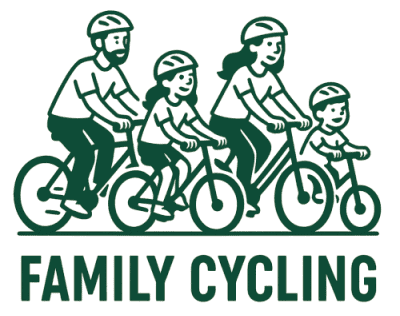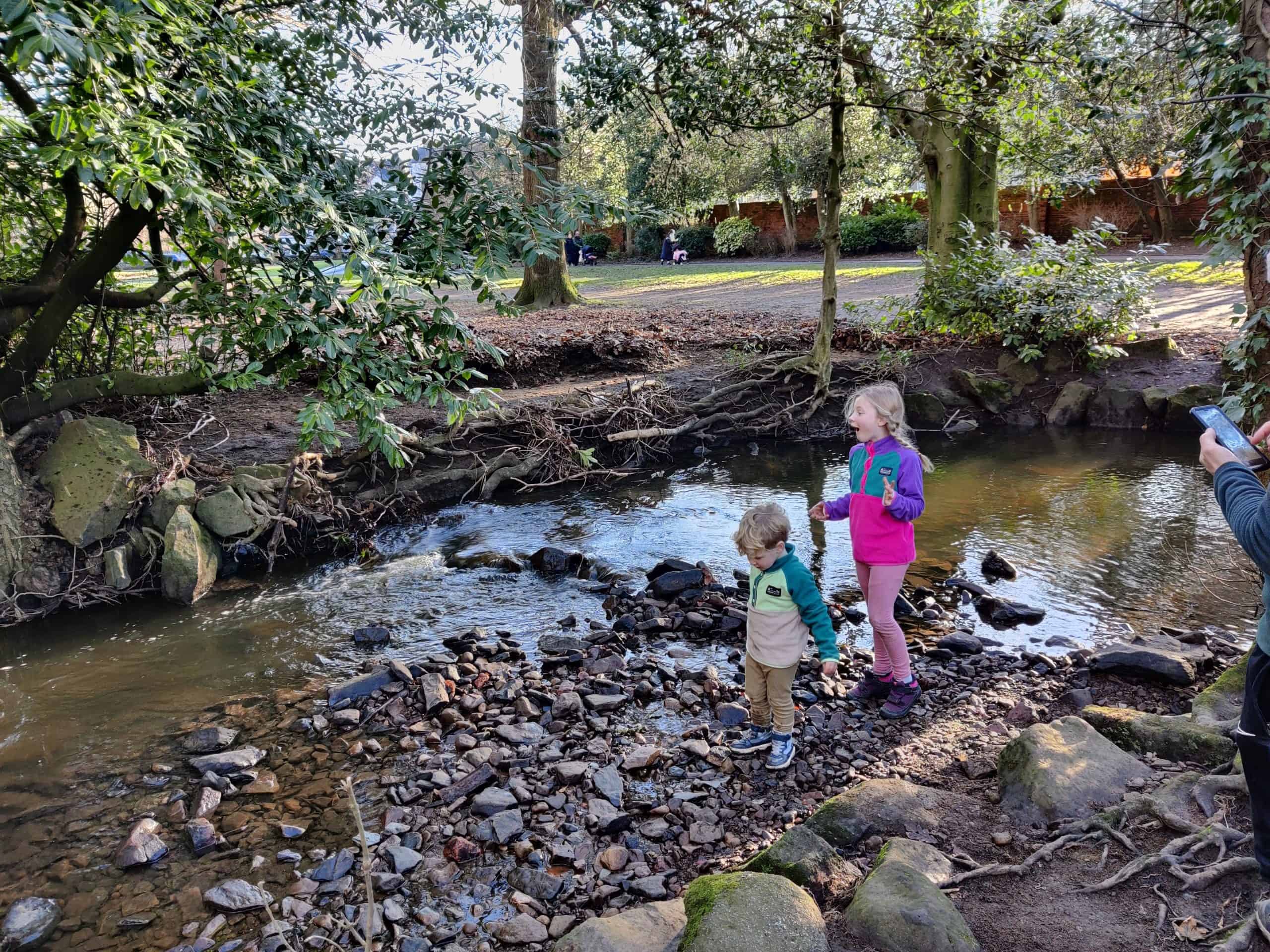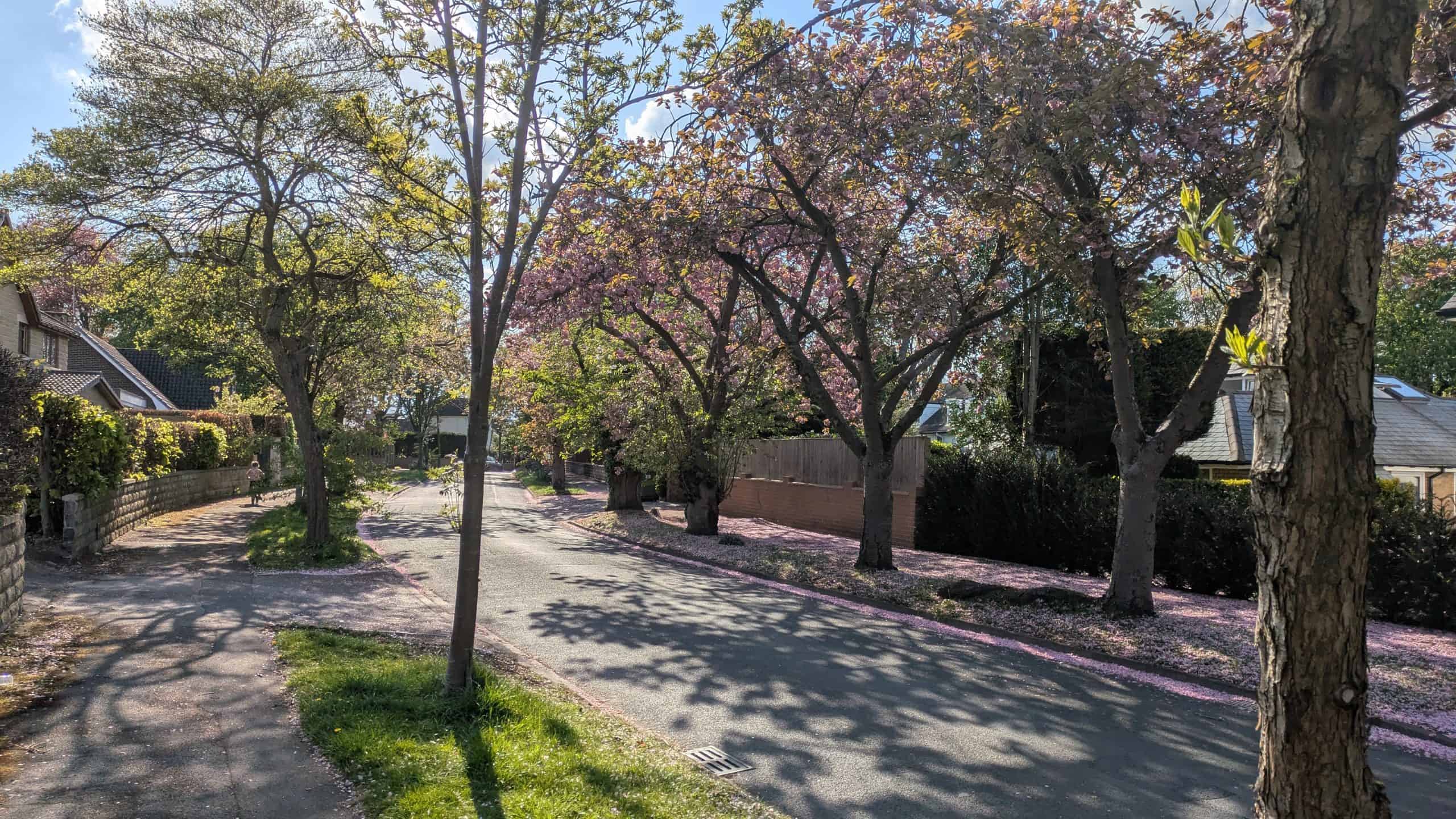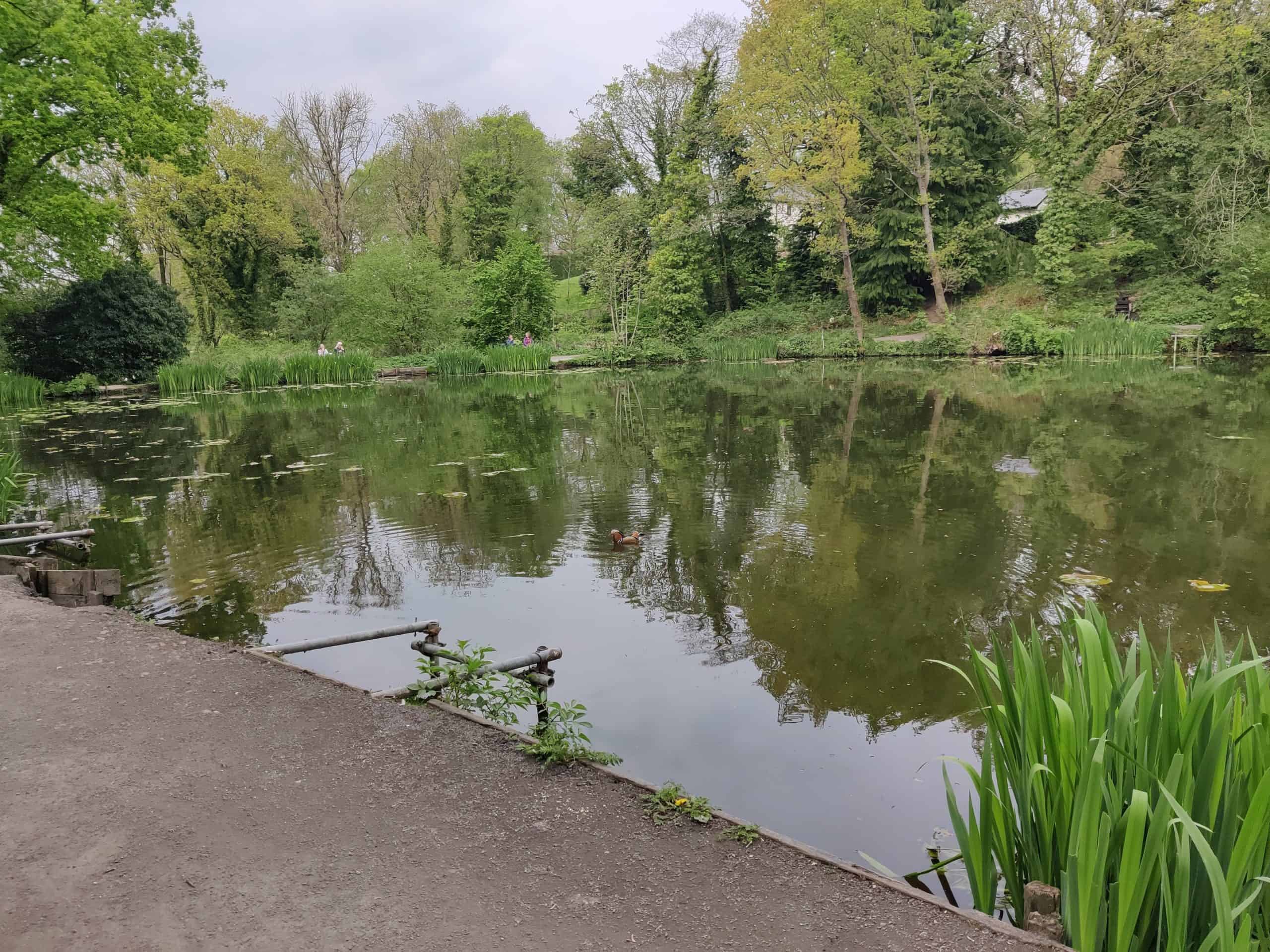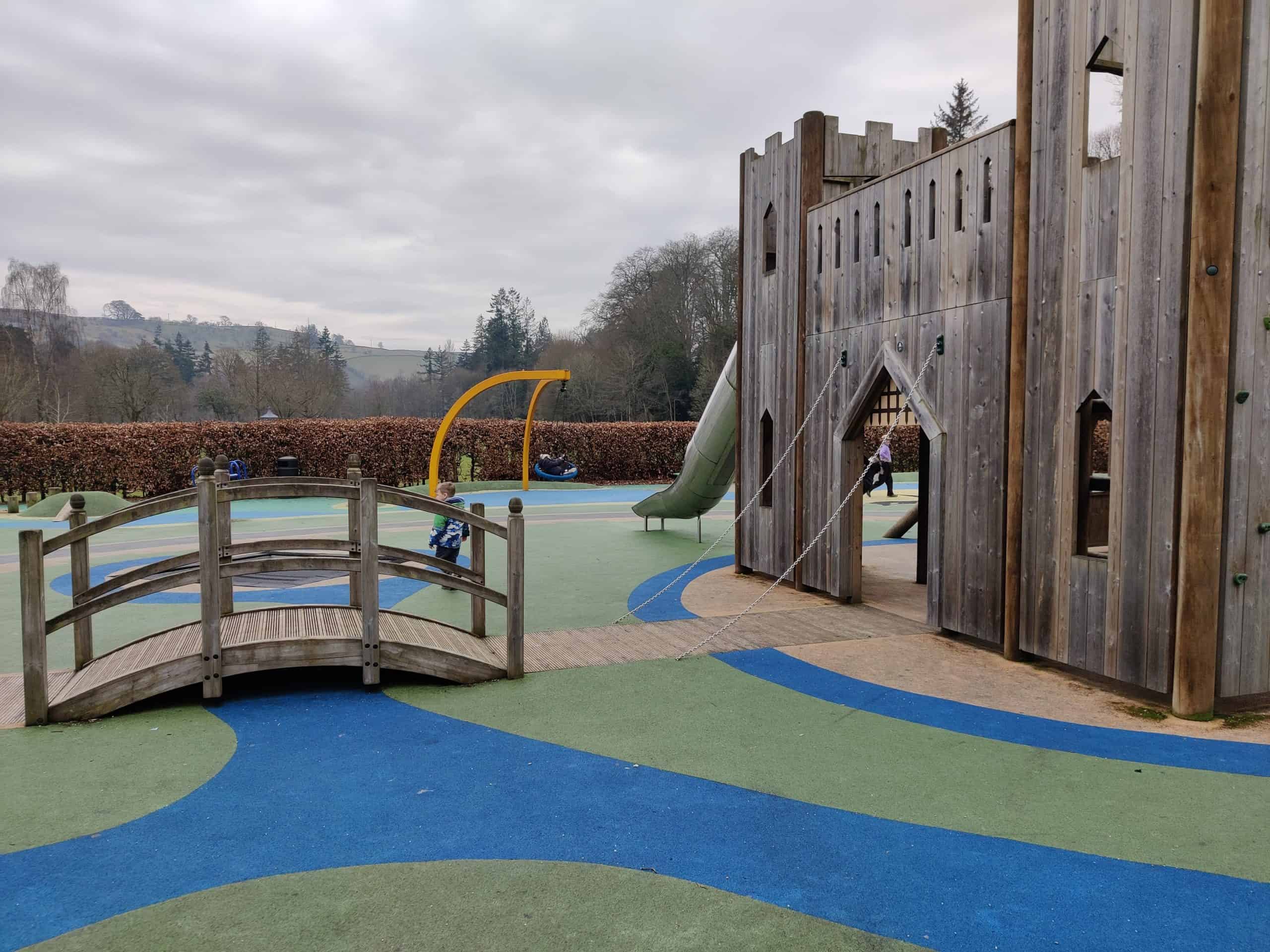Sheffield boasts a wealth of free outdoor play areas suitable for families. From expansive parks with diverse facilities to charming neighbourhood playgrounds, there’s something for everyone. We have visited approximately 5 of these parks, but shamefully have only written up two of them. We plan to write the rest up shortly. We can vouch for the two we have written up, though. They are both excellent parks.
The beauty of our location in Wakefield is that you can venture into Barnsley, Leeds, Huddersfield, Sheffield, Bradford (to name a few) quite easily and enjoy the amenities they have to offer. Our weekends are typically spent venturing around parks and spaces throughout the county. Sheffield is just 30/40 minutes away so we can sample all the parks they have to offer with just a short drive into South Yorkshire.
Below is a summary table to help you compare the parks at a glance, followed by detailed breakdowns for each one.
